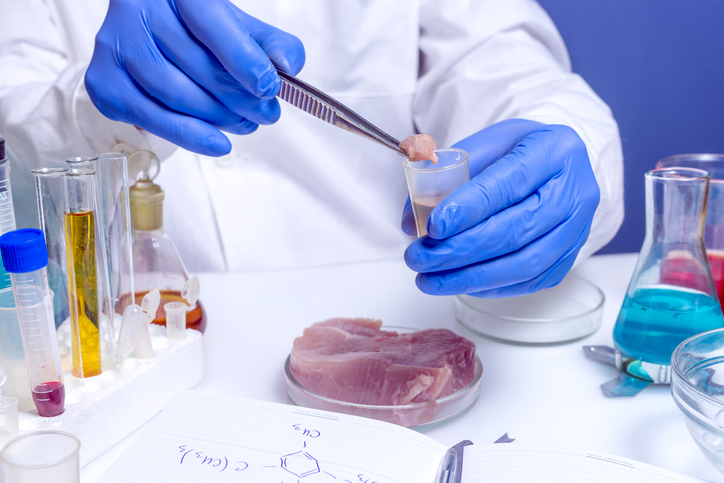
Meat and sausage products are ubiquitous in grocery stores. Adulteration is a problem, however. Expensive types of meat are often substituted with cheaper poultry.
Allied Market Research forecasts that the global food authenticity industry will generate $10.0 billion in revenue by 2030, up from $5.3 billion in 2017, and witness an annual growth rate of nearly 7%. The meat the meat speciation segment is expected to witness the highest annual growth of 7.8% from 2021 to 2030. Fuelling new opportunities will be the rapid growth in international trade and technological advancements such as development of test kits for onsite testing.
At present, however, existing methods to confirm composition of meat products require testing in specialized laboratories with highly accurate and expensive equipment. As a result, the cost of testing rises while the time of getting the results increases. These conventional methods also require considerable operator skills and are unable to provide fast mobile on-site detection systems to detect contamination of meat products.
There is a need to develop alternative, faster, and more affordable highly sensitive methods for detecting adulteration.
This led Russian scientists to develop what they call a quick and simple approach that helps to accurately detect pig and chicken meat in raw and processed products.
“Our development helps to detect chicken and pork meat in samples fast and without using unnecessary devices,” said Anatoly Zherdev, a leading researcher of the Laboratory of Immunobiochemistry of the Research Center of Biotechnology RAS and the head of the project.
“All stages of our analysis take only 33 minutes. It is the fastest method for detecting chicken and pork additives in meat products. It doesn’t require sophisticated equipment or expensive reagents. We hope that our approach will help provide quality products to consumers and protect them from unscrupulous producers.”
The researchers said their full-cycle technique to control the chicken or pig adulteration of meat products, outlined in a study published in the journal Molecules, enables the rapid detection of pork and chicken impurities on-site with high accuracy in raw and processed meat mixtures. The technique could be adopted for the authentication of other meat products, they said.
The test consists of three minutes of crude DNA extraction, 20 min of recombinase polymerase amplification (RPA) at 39 °C, and 10 minutes of lateral flow assay (LFA) detection.
The biochemists concluded that methodologies to identify additives in meat are developing beyond conventional PCR-based approaches. Using an RPA-LFA test reduced the sensitivity of the analysis and decreased the sample preparation time to three minutes, they said. “This technique could be applied to processed meat products or meat after heating,” they added. “The proposed solutions will be useful for developing new rapid tools for identifying meat components even in trace quantities.”
Reference
Rapid Full-Cycle Technique to Control Adulteration of Meat Products: Integration of Accelerated Sample Preparation, Recombinase Polymerase Amplification, and Test-Strip Detection
Molecules
DOI: 10.3390/molecules26226804